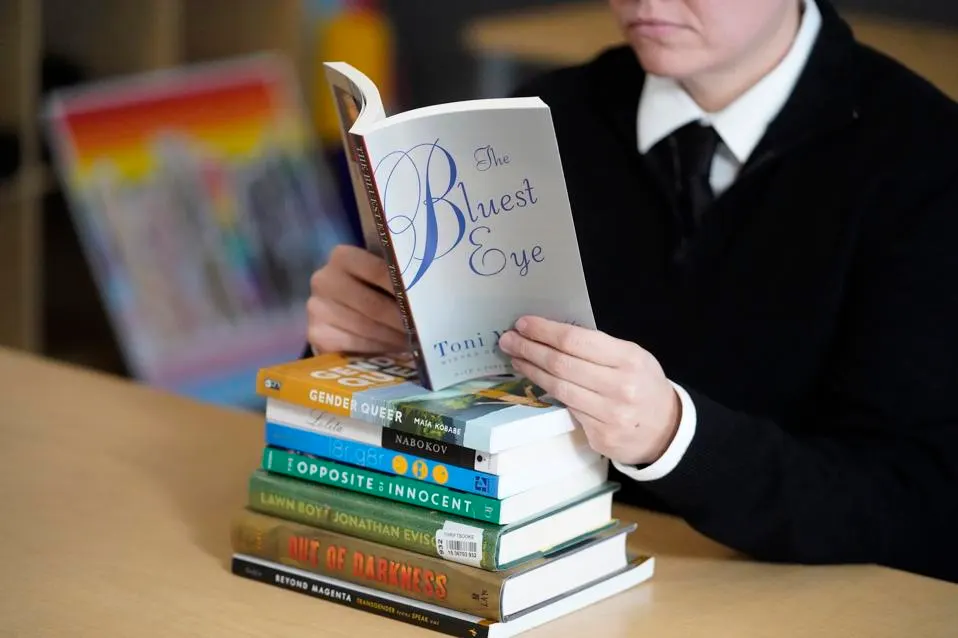Introduction
Have you ever read a book that made you feel like you’d just stepped into a time machine? That’s the magic of Books by Mary Alcock. She doesn’t just tell stories—she resurrects the past. Her novels blend rich historical detail with emotionally resonant characters, and her writing process is just as fascinating as the stories she tells. If you’re curious about how a modern author brings forgotten people and places back to life on the page, you’re in for a treat.
In this article, we’ll unpack how Mary Alcock finds, shapes, and breathes life into long-lost histories. We’ll explore her inspirations, her methods, and why her work resonates so deeply with readers today.
Unearthing Forgotten Histories
Mary Alcock is a literary archaeologist. Instead of digging up bones, she digs through dusty letters, court records, and forgotten memoirs. Her goal? To find the untold stories of ordinary people who lived extraordinary lives in the shadows of history.
Whether it’s a midwife during a revolution or a woman shipwrecked on a remote island, Mary seeks out stories history didn’t preserve—until now.
Why Mary Alcock Chooses Obscure Stories
Most authors pick well-known eras or famous figures. Not Mary. She’s drawn to the gaps in the timeline, the people whose voices were lost. She once said in an interview, “If they left no trace, I want to imagine what that trace could’ve been.”
These forgotten tales allow her to explore universal themes—grief, courage, survival—in fresh ways, giving readers a new lens on the past.
From Archive to Outline: The Research Phase
Before she writes a word of fiction, Mary spends weeks, even months, in research. She combs through:
-
Local archives
-
Historical societies
-
Academic journals
-
Old newspaper clippings
Imagine a detective piecing together a mystery from scraps—except instead of solving a crime, she’s crafting a novel.
She often uses a research wall with string, notes, and pins like you’d see in a true-crime docuseries.
Creating Characters Rooted in History
Mary doesn’t invent characters out of thin air. She builds them from historical clues—names in census records, mentions in diaries, footnotes in a scholar’s paper.
She asks questions like:
-
What would this woman have feared in her time?
-
What laws shaped her choices?
-
What did she eat, wear, or dream about?
By doing this, she creates characters who feel real—because they’re based on real lives.
Fiction as Time Travel: Making the Past Relatable
Mary believes fiction is the closest we can get to time travel. But how does she make centuries-old stories feel fresh?
She focuses on emotional truths. Fear, love, betrayal—these don’t change over time. By anchoring her characters in feelings we all know, she bridges the gap between “then” and “now.”
Balancing Fact and Imagination
Historical fiction walks a tightrope. Too much fact, and it feels like a textbook. Too much imagination, and it loses credibility.
Mary balances both like a skilled chef mixing sweet and savory. She stays true to historical events but imagines private conversations, inner thoughts, and scenes never recorded.
Her golden rule? Don’t break what’s known, but fill in what’s unknown.
Writing in Layers: Drafting with Purpose
Mary writes her novels in layers. Her first draft is like a skeleton—bare-boned, rough, just the basics. Then come the muscles, skin, and clothes: richer detail, dialogue, emotion, and texture.
Each pass through the manuscript focuses on something different:
-
First Draft: Plot and pacing
-
Second Draft: Historical depth
-
Third Draft: Emotional arcs
-
Fourth Draft: Language and rhythm
Dialogue that Reflects the Era
One of the hardest parts? Getting the voices right.
Mary reads letters, journals, and even court transcripts to understand how people really spoke. Then, she filters it through a modern ear so it feels authentic but still readable.
It’s like tuning an old radio until the voice is clear—static gone, but still echoing from the past.
Setting the Scene: Building Historical Worlds
Whether it’s a Victorian workhouse or a colonial port town, Mary makes settings feel alive. She describes the smells, sounds, and textures that history books often skip.
One reviewer said, “Reading her work is like walking through a time machine where you can smell the sea and hear the market vendors shouting.”
Rewriting with Historical Integrity
Mary doesn’t just write and move on. She rewrites, often based on new historical findings or reader input. If new research challenges a scene, she adjusts.
To her, historical integrity isn’t optional—it’s part of the story’s soul.
Reader Feedback: Shaping the Final Draft
Before publishing, Mary shares her drafts with a small group of trusted readers—historians, librarians, and everyday readers alike.
Their feedback helps her:
-
Spot anachronisms
-
Deepen emotional beats
-
Clarify confusing passages
This collaborative spirit makes her books more powerful and personal.
The Role of Emotional Truth in Historical Fiction
For Mary, facts alone aren’t enough. Emotional truth matters just as much.
She once wrote, “I want readers to not just learn what happened—I want them to feel it.”
That’s why her stories linger. They don’t just inform; they move.
Influences Behind the Books by Mary Alcock
Mary draws inspiration from many sources:
-
Toni Morrison’s emotional depth
-
Hilary Mantel’s rich historical texture
-
Isabel Allende’s magical realism
-
Zadie Smith’s character work
But at the core of Books by Mary Alcock is her unique voice—empathetic, curious, and deeply human.
The Legacy She’s Building
Mary isn’t just writing stories; she’s giving voice to people history forgot. Her work invites readers to see the past not as a list of dates, but as lived experience.
With each novel, she restores humanity to the historical record. That’s a powerful legacy.
Conclusion
In a world flooded with stories, Mary Alcock’s work stands out because of her deep care for the past and her bold imagination. Her writing process is part historian, part artist, and all heart.
The Books by Mary Alcock don’t just entertain—they educate, provoke, and inspire. And that’s a rare kind of magic.
FAQs
1. What inspired Mary Alcock to write historical fiction?
Mary was always fascinated by untold stories and the silences in history books. That curiosity led her to explore lives often overlooked.
2. How accurate are the events in books by Mary Alcock?
While the emotional and personal details are imagined, the events, settings, and cultural contexts are grounded in thorough research.
3. Where does Mary Alcock find her historical sources?
She relies on archives, libraries, academic journals, and firsthand historical documents like diaries and letters.
4. Are all characters in her books based on real people?
Some are, but many are composites inspired by real individuals, shaped through historical records and creative interpretation.
5. Why do books by Mary Alcock feel so emotionally real?
Because she prioritizes emotional truth. Her goal isn’t just accuracy—it’s empathy, giving readers a full-body experience of the past.



